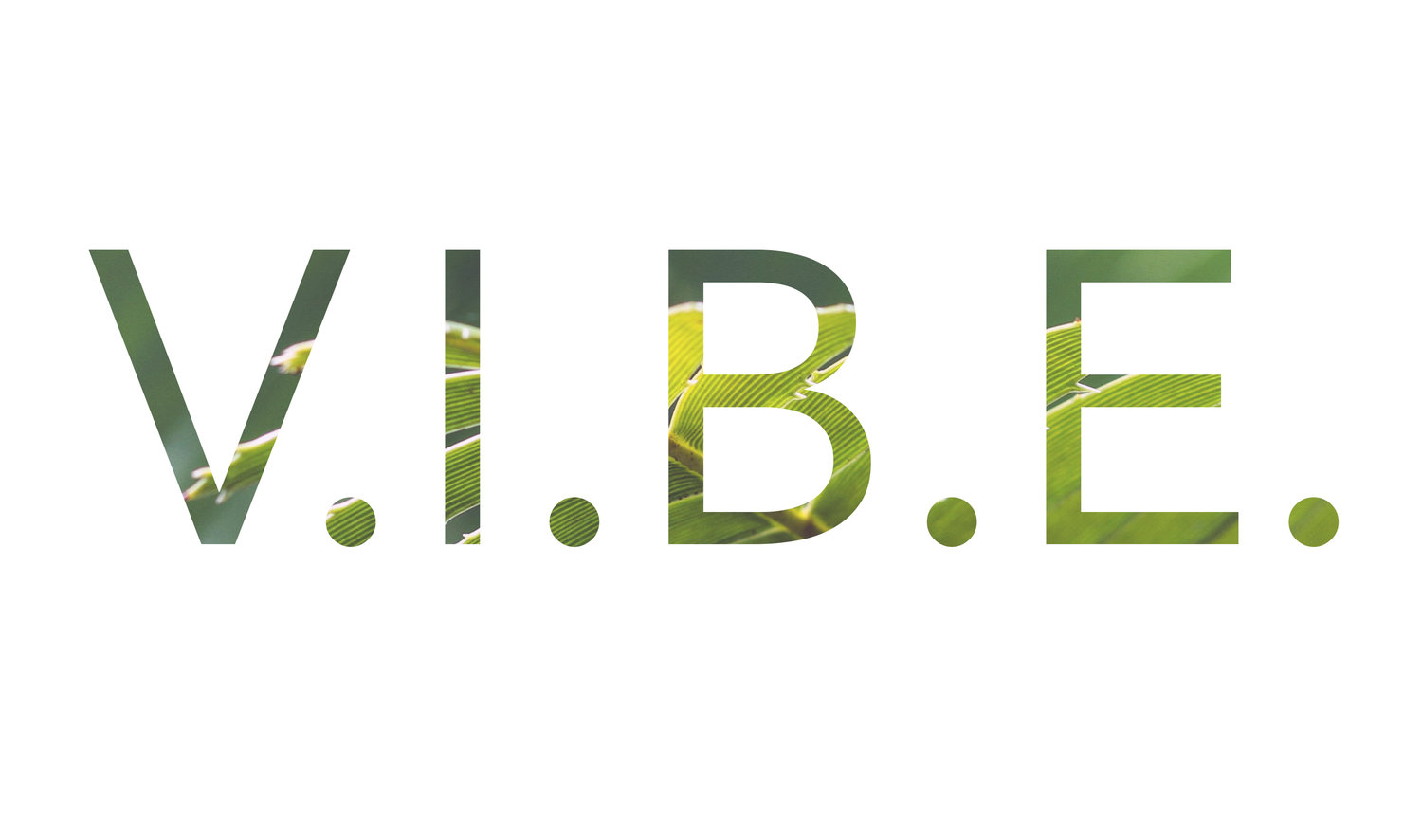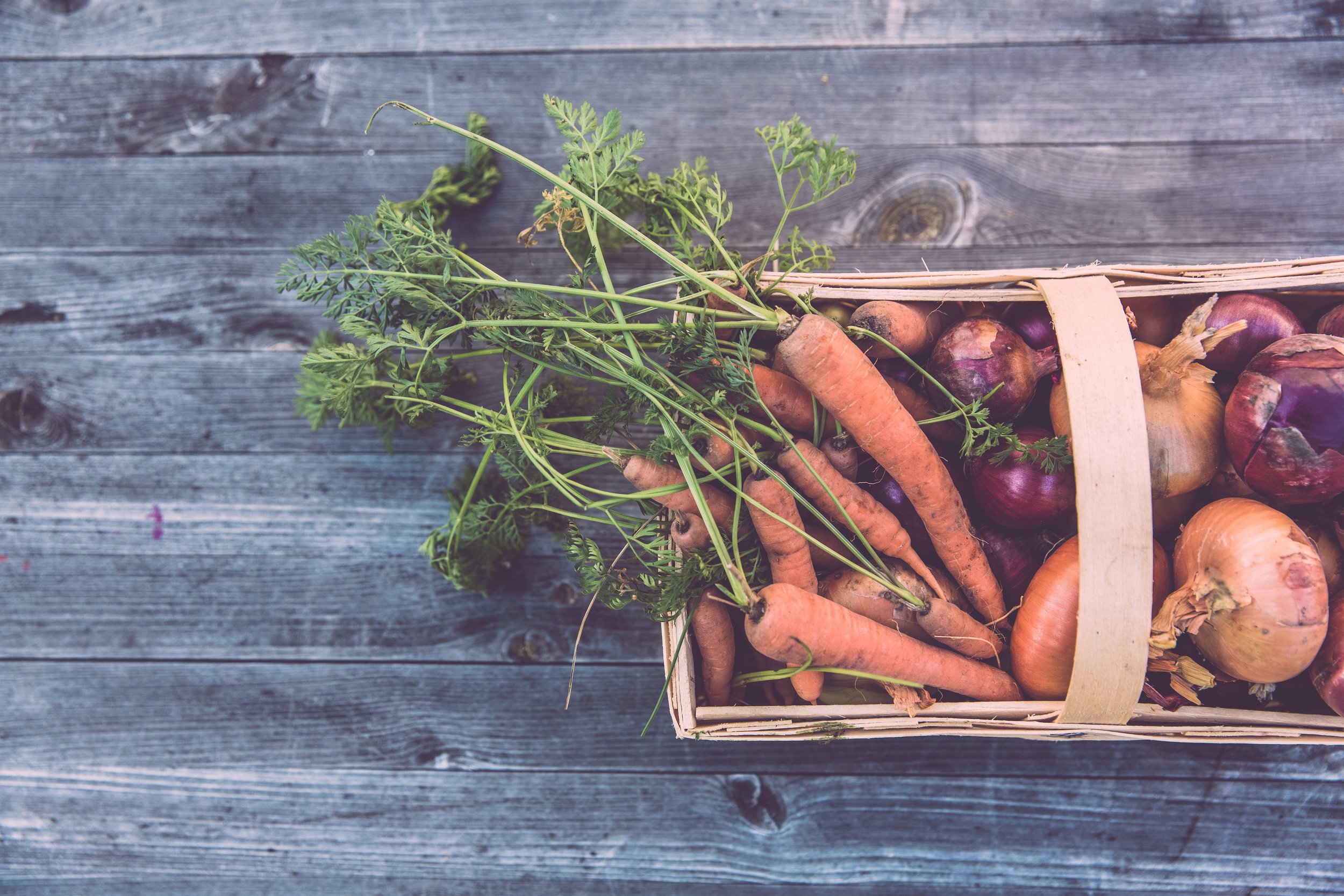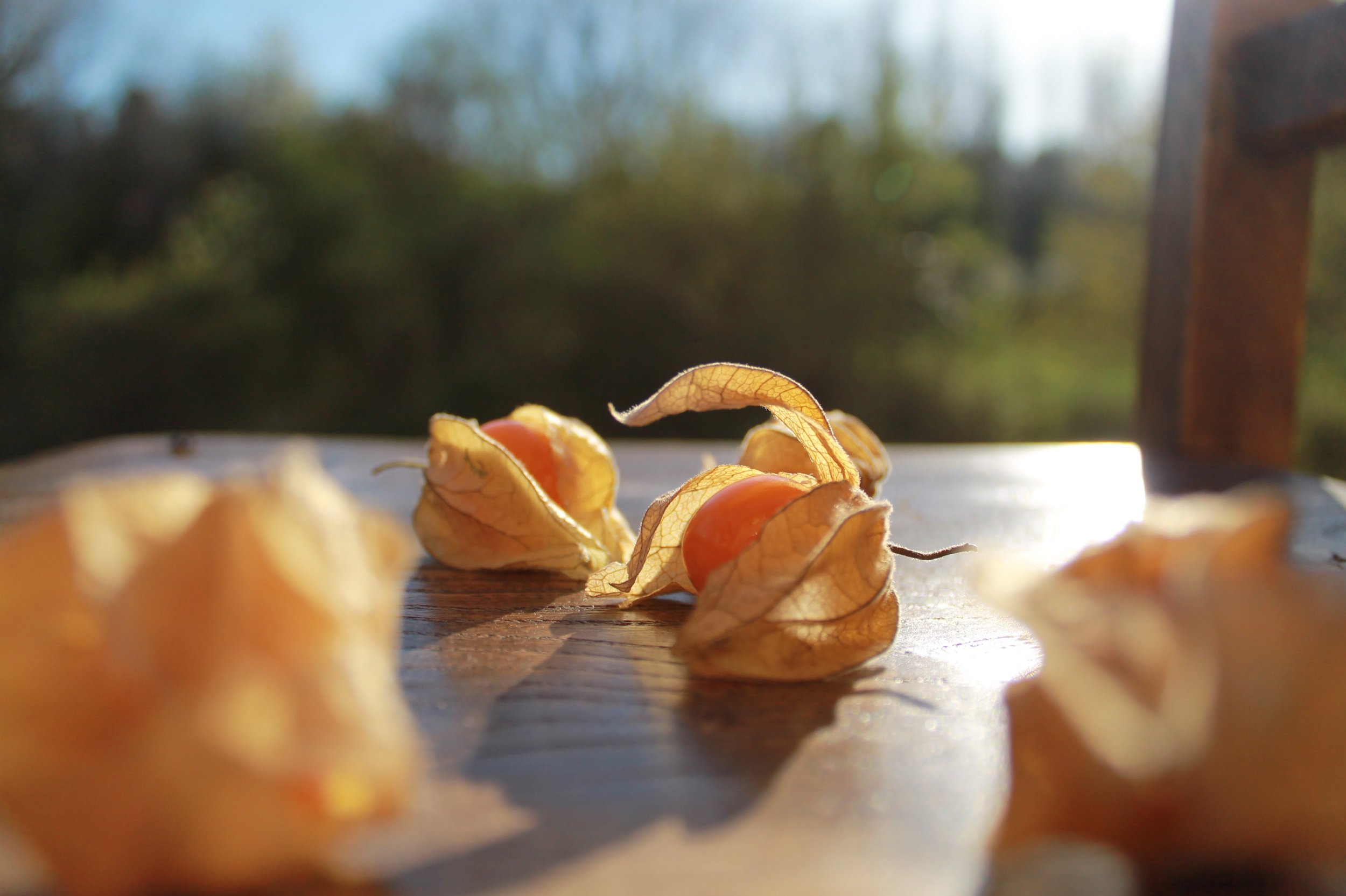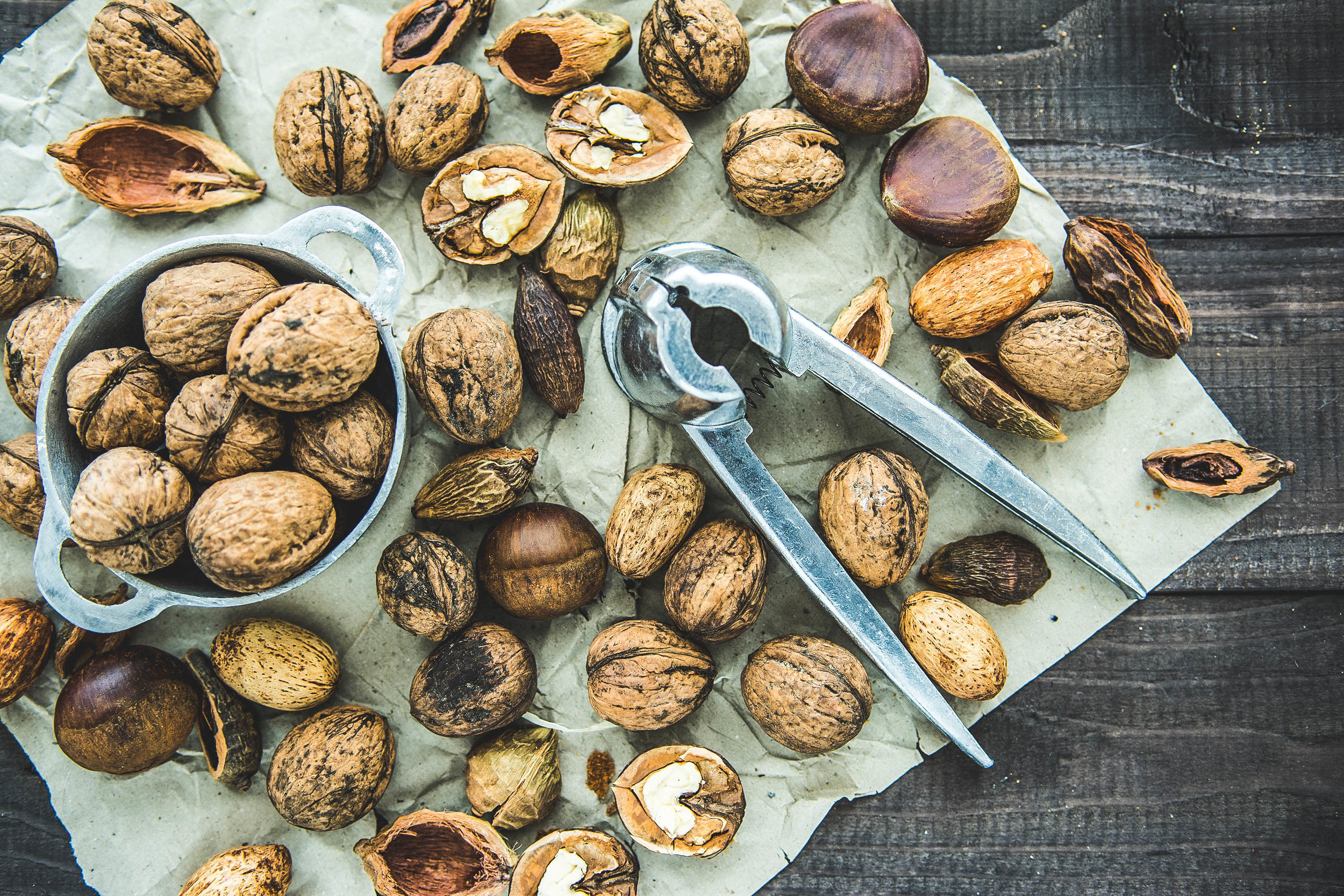VIBE Wellness is growing, and I am SO thrilled to have Sarah on board! Sarah is a Doctor of Physical Therapy and a board certified Pediatric Clinical Specialist. She has extensive training in core muscle fusion and specializes in pre natal/post partum wellness, exercise tolerance, and pulmonary function. Sarah has always valued a holistic approach to wellness, and additionally is a 2nd degree Reiki practitioner.
When I first met Sarah I was immediately drawn to her passion, warm and grounded energy, and deep knowledge and professionalism in her field. She’s an amazing addition to our team, and I can’t wait for you all to get to know her better!
What drew you to physical therapy, and why did you decide to specialize in women’s health and early childhood?
I discovered physical therapy after going home to take care of my mom following her knee replacement and taking her to therapy appointments. As a former dancer and a biology geek, it was amazing to learn what the body was capable of with a little guidance. I love the fact that physical therapy focuses on function. My specializations also came from a combination of personal experience and admiration for the human body. Both early childhood development and pre/post pregnancy are times of enormous change. Infants go from nearly helpless to fully mobile, capable little people so quickly. My training as a PT helped me to get through my own pregnancies and stay active , which also helped on the recovery end
What is the most common condition you see in new moms, and how can physical therapy help?
The most common condition for new moms, besides soreness and fatigue, is usually diastasis recti (split of the abdominal muscles) and pelvic floor insufficiency. Both of these are typically treated with physical therapy. Having a body that works for you helps the fatigue as well.
How can physical Therapy help maintain optimal health during pregnancy?
Your body changes dramatically during pregnancy and many of those changes range from uncomfortable to debilitating. Often the debilitated part can be avoided if discomforts are addressed early on through activity modifications, appropriate exercise, or supports. PT helps figure out what fine tuning needs to happen to keep little issues from becoming big ones, like sciatica or edema. PT can also help you prepare for labor and delivery.
What signs would indicate that a child should come in for a developmental consult?
This is two fold. Any child that isn’t meeting their motor milestones as outlined by World Health Organization or American Academy if Pediatrics should be screened. Parents also typically have good ‘guts’ when it comes to their kids. If something doesn’t seem right or you aren’t sure, developmental consults are a great way to figure out how your child is doing. There’s a wide range of normal, but all of the evidence suggests that earlier intervention has better outcomes for development. Consults also provide tools and tips for the parents to help their children develop through play or positioning at home.
What is your philosophy on health and wellness?
It’s all about harmony. Health and wellness go together. Healthy mind and healthy body go together. Physical therapy is focuses on function, or enabling you and your body to do what you want and need to do, which in turn promotes a positive outlook. When working with my clients I take into account the whole picture; sleep, stress, eating habits, lifestyle.... they all play a part. Taking care of our bodies inside and out, and our minds is they key.
Do you have any great universal advice for new moms?
Care for yourself too. It’s easy to let our needs take the backseat, sometimes necessary, but not a good long term solution. In Europe, all women are referred to physical therapists within 2 months after giving birth. Some need one visit, some need more, but a lot happens during and after giving birth and PT can really make a difference in a complete recovery.
Thanks and looking forward to getting to know you all!
Questions? Interested in coming in? Get in touch with us or make an appointment online here!





















